The most terrible, ugly and horrible insects of the world
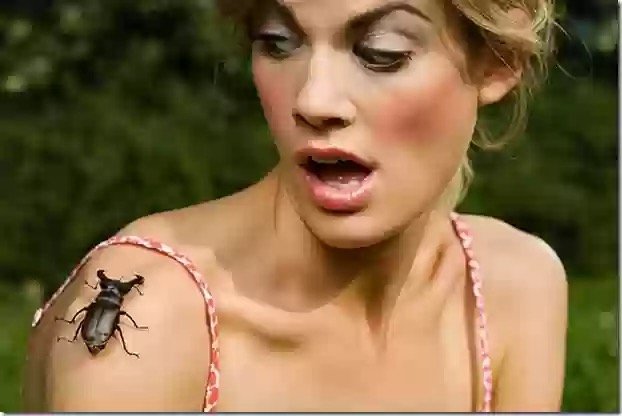
In nature, a huge number of insects, many of which have very interesting and unusual forms. Strange and bizarre appearance is necessary for insects mainly for camouflage: to merge with the environment, hide from predators or use an element of surprise in the attack.
Brazilian Humpback
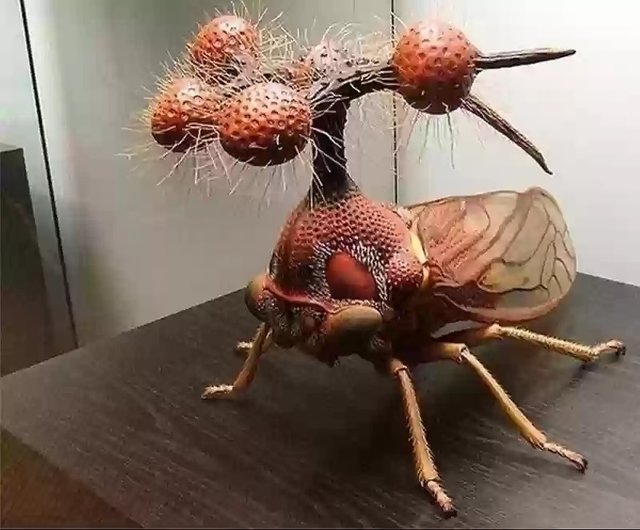
These small insects are distinguished by the outgrowths of the most incredible shape, located on the back. They can be in the form of horns, crests, balls, thorns, horns, etc. These "designs" sometimes surpass the size of the humpback. Actually, because of them, this insect got its name. Meet the most impartial insects of our planet. Brazilian humpback or Bocydium globulare
Evolution made the Brazilian hunchback such an ugly nonsense. Surrealistic insect repels predators. Quasi-mounds in the form of antennas, at the end of which are balls similar to the eyes, in fact are chitinous layers, which protect the humpback from predator attacks. Yes, these are the harsh realities of wildlife. The more ugly and frightening you look, the more chances you have to survive.
Brazilian Humpbacking No.2
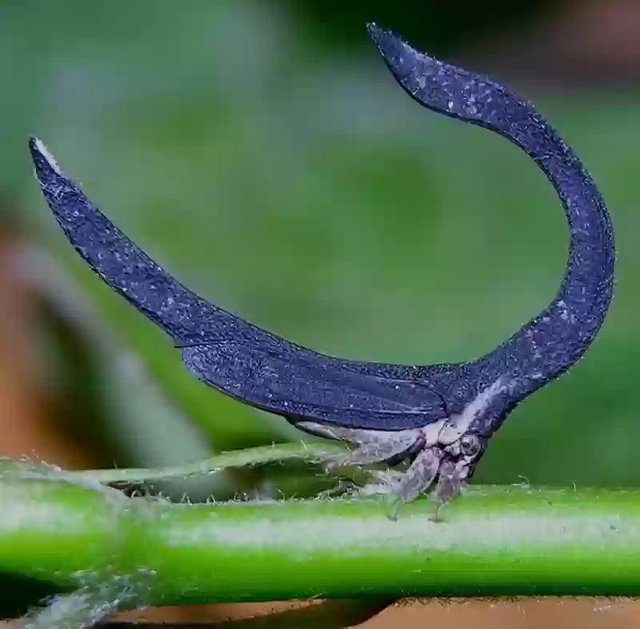
The Brazilian Humpbacking No.3
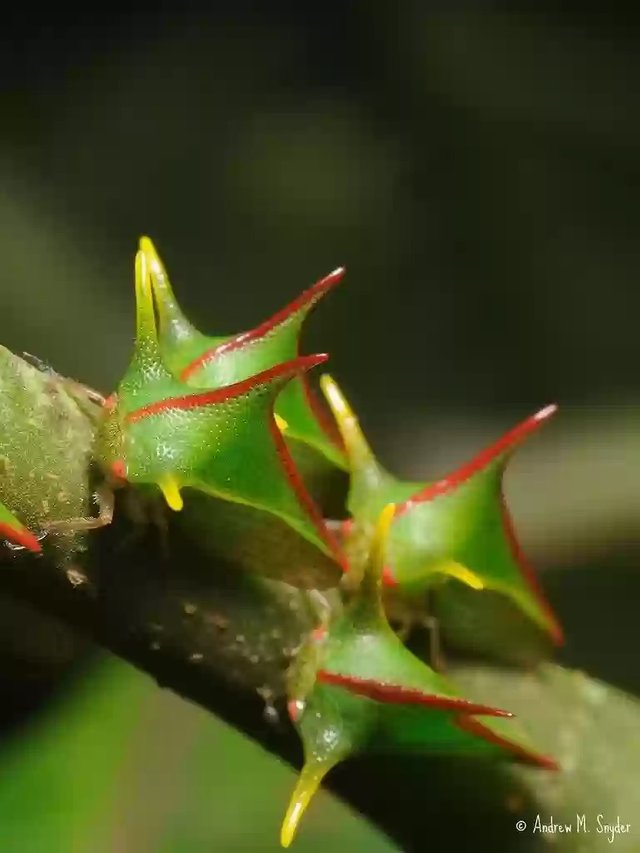
Brazilian Humpbacks No.4
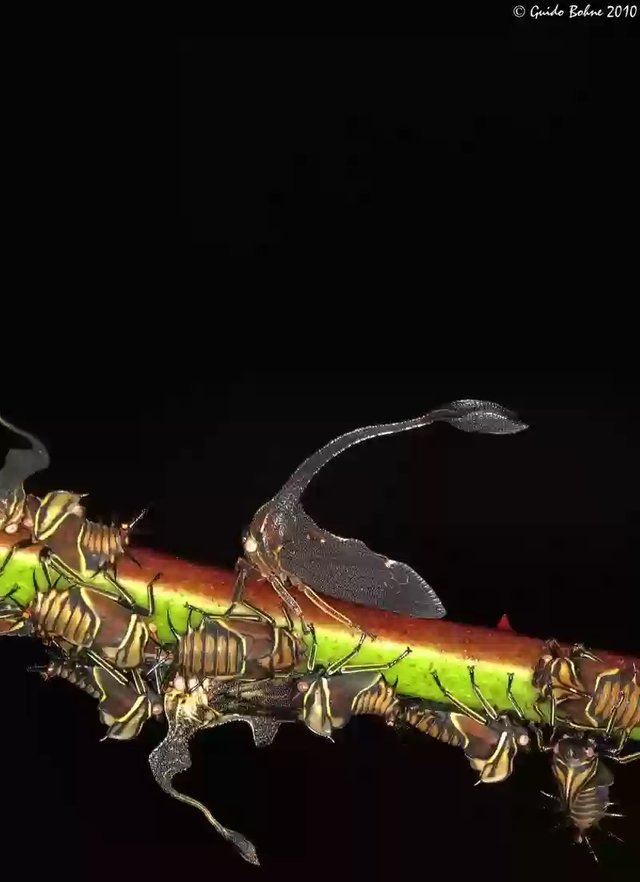
Giant water bedbugs (Latin Belostomatidae)
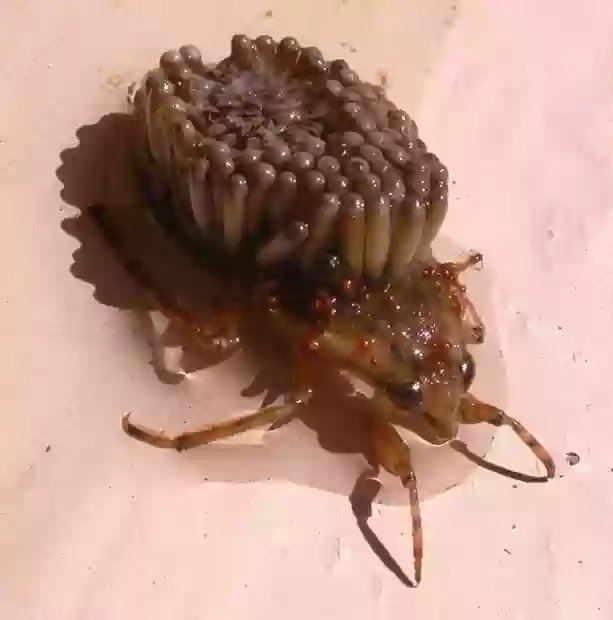
We all heard of bedbugs and the fact that some of them smell terribly, while others feed on human blood, such as a bed bug. This is really so. And what do you say, after learning that in the world live bugs up to 15 centimeters in length? True to bed they will not get to you, but during a bath in a pond, they can accidentally snap. It's about giant water bugs.
Mantis "Flower of the devil"
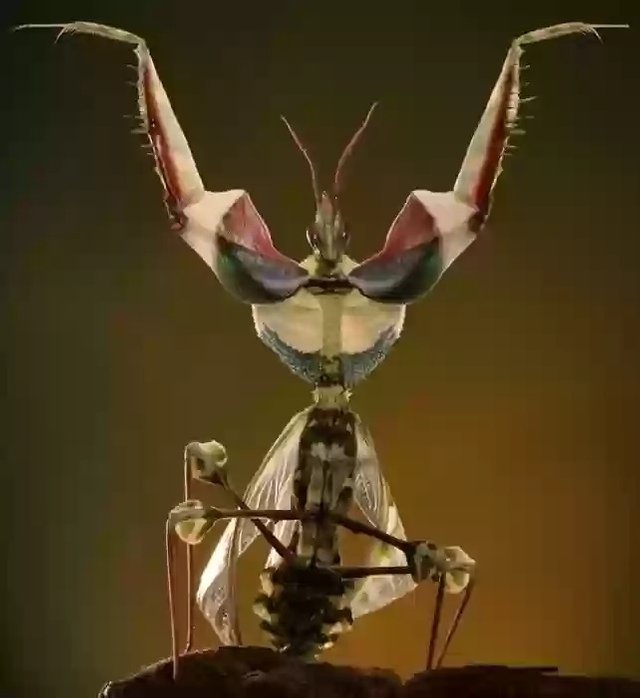
Being one of the largest mantis species, the flower of the devil is also the strangest. This says a lot when it comes to praying mantises. Females of this species reach a length of up to 13 cm centimeters, while in the process of evolution they have acquired a different set of natural colors, which allows them to imitate an orchid type called "flower of the devil".
Scorpion fly
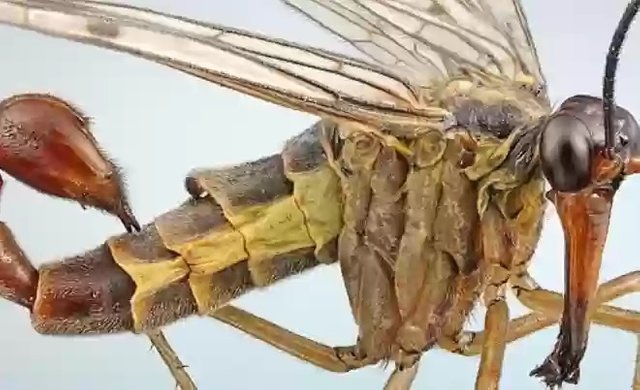
Despite the fact that this insect is more like the result of a very strange genetic experiment on the crossing of a scorpion and a wasp, the "sting" in fact is nothing but the genitals of a fly.
Nevertheless, thanks to this feature, the insect is very strange looking. These insects can be found all over the world, they have lived on earth for a long time, starting with the Mesozoic era.
In fact, it is believed that they were the progenitors of most moths and butterflies living in the modern world.
Larva of the Flounder Beetle
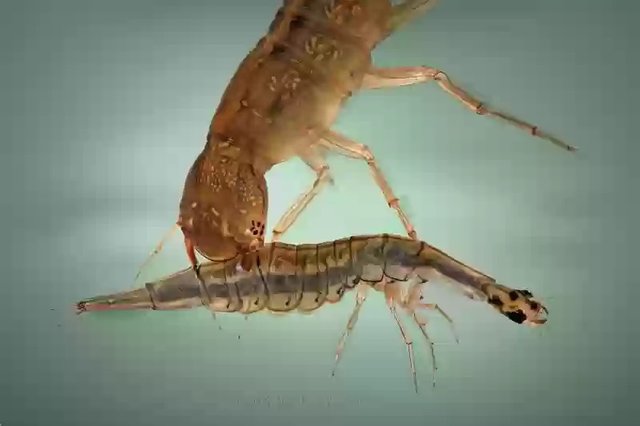
Spinyworm larvae (Dytiscus) are among the largest predators among the entire population of freshwater reservoirs.
The larvae of the Flounder have a rare case of extra-intestinal digestion. Having grasped the prey (insect larvae, tadpoles, small fish, etc.) with their mandibles, the larva plunges them deep into the victim's body and pours out the digestive juice through the canals; Formed after digestion of production tissues, the liquid is absorbed by the larva into the pharynx cavity through the channels in the mandibles. After a while, only the outer covers remain from the victim.
Kallet Silkworm
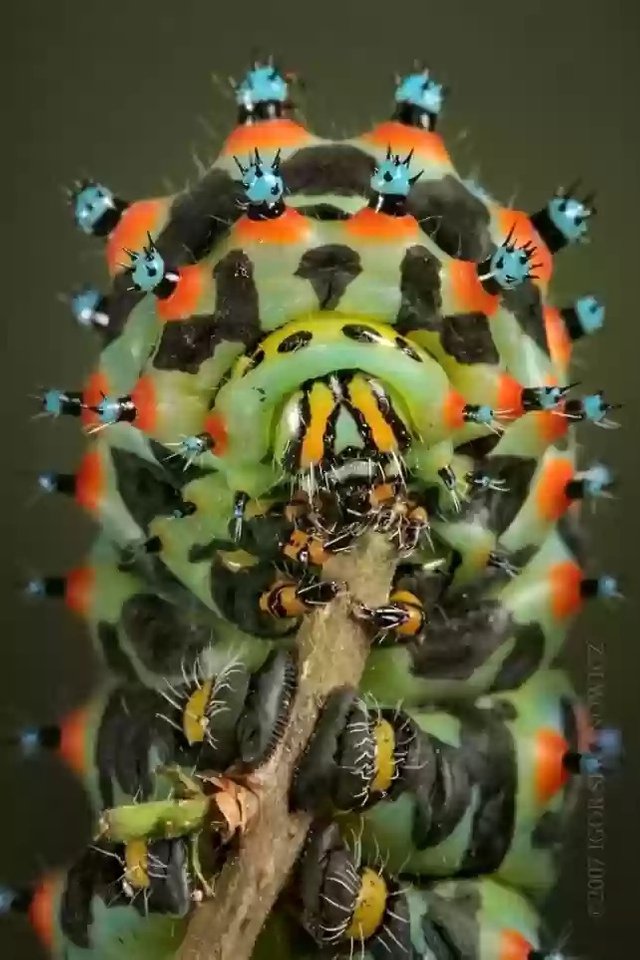
Caterpillars of this butterfly are carriers of a wide range of colors, as well as a very dangerous looking hair. Most predators prefer to stay away from them. Butterfly lives in the southern part of the United States. It is worth noting that the color of the caterpillar varies with age and some environmental factors. The caterpillar feeds mainly on Mexican legumes, which grow in Mexico, Texas and Arizona.
Frey
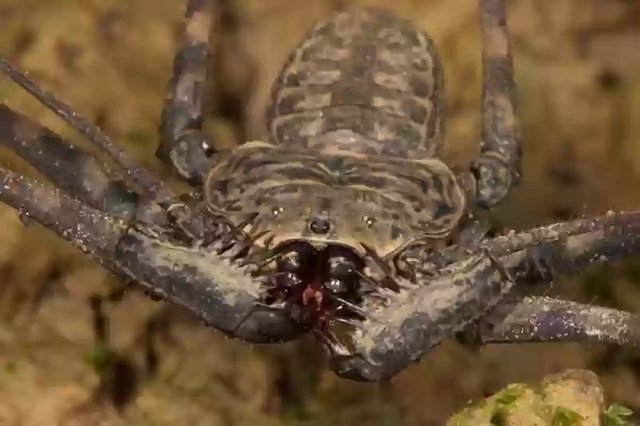
Frees, also known as tailless scorpion-whips and scourge-spiders, is a medium-sized squad of spaghetti spiders that inhabit the tropics around the globe. There are frees of absolutely different sizes: the length of the swing of the legs varies from 5 cm to 50 cm. The appearance of them is very frightening, but frees are completely harmless for humans. They are very timid, when they hit the light the freen stops, but at any opportunity runs away and hides.
Surinamese lampshade or butterfly-crocodile
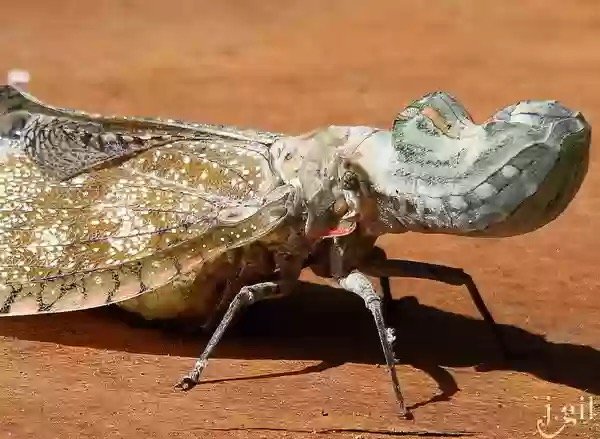
A small winged crocodile, creeping through trees or sitting on a flower, surprises people and alarms predators. Of course, this is not a crocodile, but only a small (up to 9 cm) Surinamese lamphouse (Fulgora laternaria). The head of this insect has an unusual shape, reminiscent of the profile of the head of a crocodile. On the wings of the lamp-lamp are located, so-called, false eyes. Thus, this lamphouse has as many as two means of scaring in its "arsenal": if the big head does not frighten the predator, it is always possible to open the "eyed" wings.
Siafu (Dorylus)
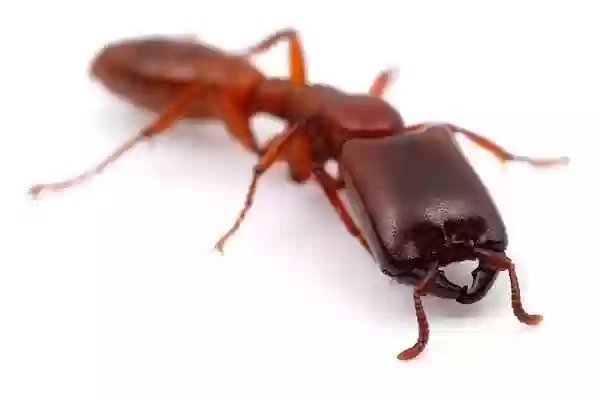
These nomadic ants mostly live in East and Central Africa, but have also been found in tropical Asia. Insects live in colonies, which can number up to 20 million individuals, all of them blind. Traveling their own they do with the help of pheromones. The colony does not have a permanent place of residence, wandering from place to place. During the movement to feed the larvae, insects attack all invertebrates. Among these ants is a special group - soldiers. They can sting, for what use their hook-shaped jaws, and the size of such individuals reaches 13 mm. The jaws of the soldiers are so strong that in some places in Africa they are even used to fix the seams. The wound can be closed for as long as 4 days. Usually after a Siafu bite, the consequences are minimal, it is not even necessary to call a doctor. It is true that young and old people are particularly sensitive to the bites of such ants, there have been deaths from complications after contact. As a result, according to statistics, from 20 to 50 people per year
die from these insects. This is facilitated by their aggressiveness, especially when protecting their colony, which a person can accidentally attack.
Spider-camel (salpuga)
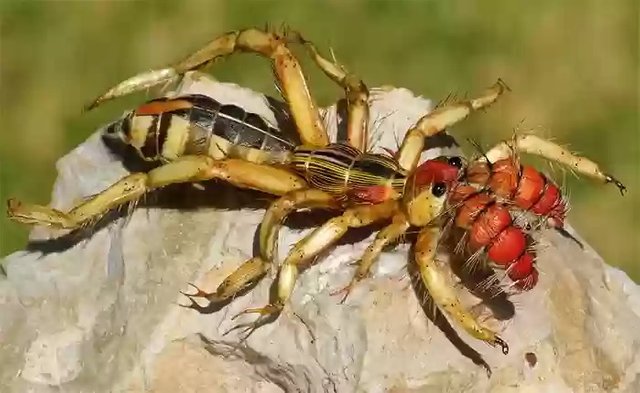
A giant spider-camel dwells in Egypt and other countries of the east. Despite all the myths and
rumors, in reality this insect has a size of only 15 cm. In fact, the spider-camel is not even a spider, but a salpuga, which is a separate detachment belonging to the class of arachnids. The body consists of a stomach and a cephalothorax with large chelicerae, which produce a specific sound - chirping. A camel's spider is also called an Egyptian giant or a scorpion of the wind. Spiders-camels are very fast and can run at a speed of 16 km / h. These desert inhabitants have strong jaws, one-third the size of their body. For a person, the bite of a salpuga
is not fatal, not very painful. Like other species of spiders, the camel-spider also injects digestive juices into the victim's body. The Internet was a sensation spider-camel became during the military operations in Iraq. Then the networks began to talk about the special vampirism of these insects and to publish frightening photographs, where the impression was created that the salpuga is half the size of an adult.
Pink Maple Butterfly (Dryocampa rubicunda)
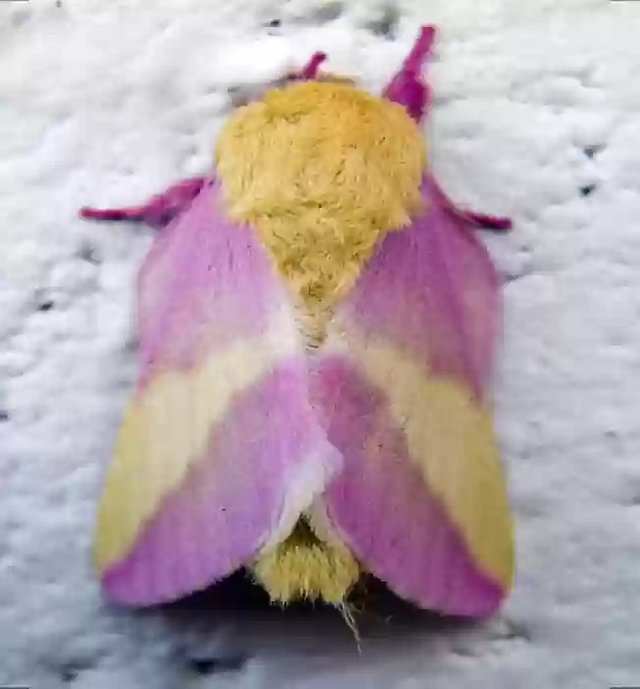
The pink maple butterfly is known for its bright pink-yellow coloration and shaggy body.
These butterflies have a small wing span: 32-44 mm in males and 40-50 mm in females. Males have more active tendrils to catch pheromones.
Their caterpillars eat various kinds of maple: red maple, silver maple, sugar maple, and adults do not eat at all.
Pink maple butterflies live in the eastern regions of North America. These are nocturnal insects, they are active in the first third of the night.
Caterpillar moths Megalopyge Opercularis
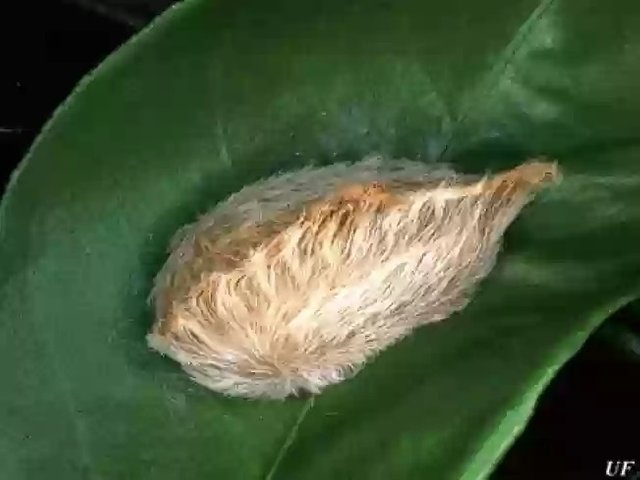
Another strange kind of insects that look well, very strange in the "teenage" period. The caterpillar of such a butterfly looks like a piece of felt that someone accidentally dropped. In addition, all the villi of this caterpillar are extremely poisonous, so it is better not to touch them - it will be very painful. Everything can end in a hospital bed.
Bison buffalo
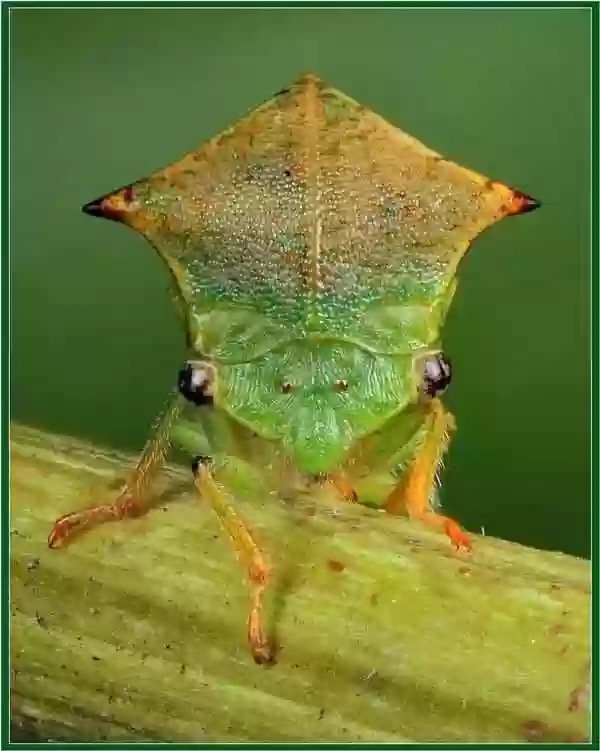
This insect has a fairly strong flattening of the body and resembles its appearance is nothing more than an ordinary leaf. While it stands out in its bright coloration, so that predators basically and consider one of the strangest insects not prey, but rather an ordinary leaf of a tree. The body can be up to 10 mm long, on its sides there is a pair of rather sharp outgrowth, by means of which the female of this species lays its progeny. The creature may not look sporty,
but in case of danger it can move very large leaps. In addition, this insect can fly well not very long distances. She has translucent porch for these purposes. The creature is not very good for trees, because it can cause serious harm. She lays her eggs in long slits, which she herself makes in twigs. Here is such information about this creature. It does not have any special properties, so I do not see much sense in describing it. He has only an outstanding appearance, so he is on the list of the strangest insects.
Ant Panda
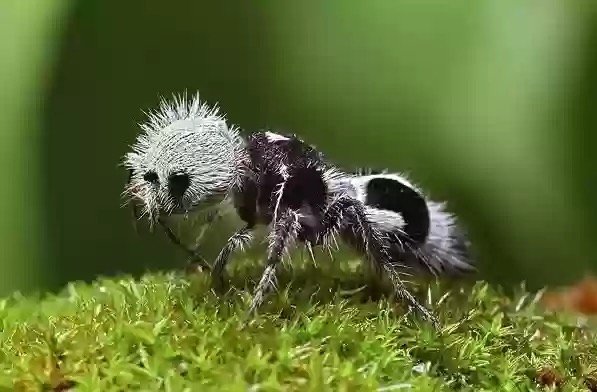
This insect class mutillidae is not really an ant, but a wasp German. Female mutillidae do not have wings and outwardly resemble giant furry ants. They live in Chile, where they received the nickname of a cow ant and a cow killer for extremely painful, and sometimes fatal injections, stings.
Wow super post! I will some pills to sleep tonight!!! I am scare!
Total upvote resstem and follow!
Oh my goodness! That spider camel is freaky looking!
wow. thank you so much